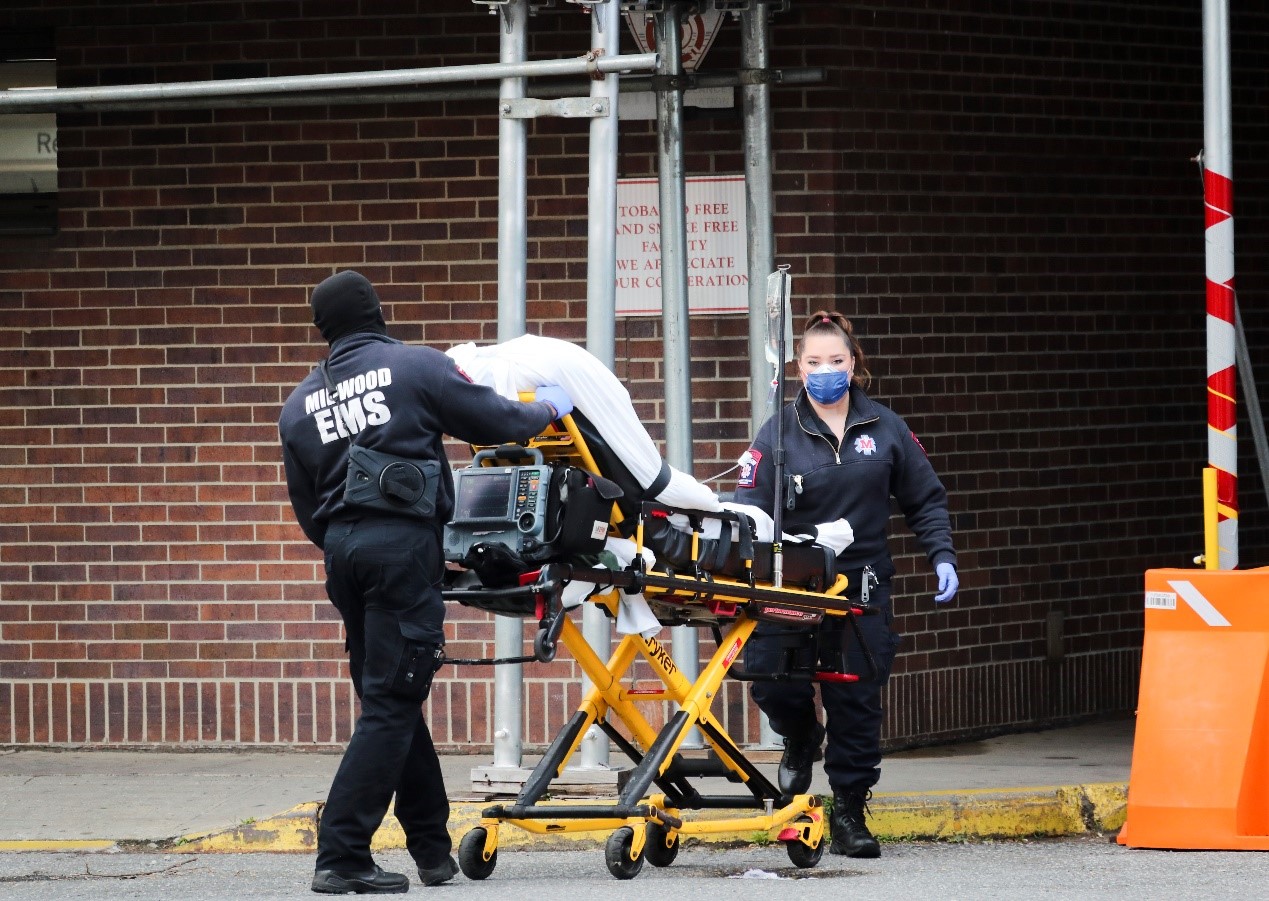One pill kills: Fentanyl crisis embodies dysfunction of the US government

Photo taken on July 7, 2020 shows the Capitol Building in Washington, D.C., the United States. (Xinhua/Liu Jie)
The United States finds itself ensnared in a dire fentanyl crisis, a harrowing public health emergency that has exacted a devastating toll on the nation.
On Christmas Day last year, four people died from fentanyl overdoses in Chicago. In late February this year, desperate parents in the US found their 16-year old son unconscious on his bed with ashen skin and a blue tint on his lips, with half a pill laced with fentanyl on his dressing table. Their son passed away after they sent him to the hospital. On June 26, a 9-month-old baby died in Florida after its teenaged mother put fentanyl in the baby bottle.
These incidents are the tip of iceberg. Tens of thousands of Americans are mourning the deaths of their family members amid an unprecedented fentanyl crisis, which claimed over 100,000 lives in 2022. According to the US government , fentanyl overdose has become the leading cause of death for Americans age 18 to 45.
Pharmaceutical fentanyl is a synthetic opioid approved for treating severe pain, typically advanced cancer pain. How did a painkiller for countless patients turn into a deadly poison claiming lives across the United States? A multitude of factors have contributed to the ongoing crisis, which encapsulates the dysfunction of the US government, ultimately turning the nation into a society plagued by long-standing issues of opioid addiction and abuse.
Central to the fentanyl crisis is the prevailing drug abuse culture within the US. In fact, the fentanyl crisis is not the first wave of drug abuse that the US has faced in recent decades. With 5% of the world population, the US consumes 80% of the world’s opioids. However, the genesis of this crisis can be traced back not only to pre-existing opiate use but also to the prolonged oversupply of prescription opioid pain medications, a trend that gained momentum in the mid-1990s.
Spearheaded by the profit-oriented pharmaceutical enterprises that aggressively marketed prescription painkillers as a panacea for pain and downplayed the inherent addictive risks associated with it, lobbying organizations successfully swayed the US government to relax restrictions on prescription opioids. Tragically, this pivotal decision led to an unprecedented surge in opioid prescriptions and alarming escalation in opioid addiction and misuse, which gave rise to the first wave of drug abuse in the US in recent decades.
The first wave resulted in a widespread "painkiller culture" and a sharp increase in the number of deaths caused by opioids. The second wave started around 2010 with a surge in heroin use. From 2002 to 2013, heroin-related overdose deaths surged by 286 percent. Fast forward to today, and fentanyl has become the central player in the third wave. Over the past few years, fentanyl-related substances have gained popularity, contributing to a devastating crisis.

Healthcare workers wheel a patient into Brooklyn Hospital Center in Brooklyn of New York, the United States, on May 11, 2020. (Xinhua/Wang Ying)
Regulatory failure is another factor that has further intensified the crisis. Compared to other countries such as China that have strengthened control of fentanyl-related substances, the US still has not permanently scheduled fentanyl-related substances as a class. Notably, it wasn't until December 2017 that the US Congress passed a dedicated bill addressing fentanyl, despite lawmakers having been alerted to the drug's dangers nearly four years earlier.
The insufficiency of regulation in the US is a result of the government’s botched response caused by money politics and political polarization. The pharmaceutical industry's considerable financial contributions to political campaigns have cast a shadow over drug control policy formulation.
According to a report from British newspaper the Guardian in 2017, pharmaceutical companies in the United States spent far more than any other industries to influence politicians. In addition, a report from the Stanford-Lancet Commission on the North American Opioid Crisis in 2022 suggests there is a revolving door of officials leaving government regulatory agencies such as the Drug Enforcement Agency and regularly joining the pharmaceutical industry with little to no “cooling off” periods.
These substantial donations and interests have inadvertently coerced policymakers into adopting a lenient stance towards pharmaceutical interests. As a result, robust and effective control measures for fentanyl and its analogs have been hindered, allowing the crisis to spiral further out of control.
The deficiency in the US political system, where party interests often come before citizens' welfare, has also hindered drug control efforts. Despite both parties recognizing the need to tackle fentanyl abuse, the stark political polarization that characterizes American politics has stymied progress. Ideological clashes on vital matters have prevented effective bipartisan action against the fentanyl crisis.
In May this year, the Republican-led U.S. House of Representatives passed the Halt All Lethal Trafficking of Fentanyl Act with a 289-133 vote. Surprisingly, 132 Democrats opposed the bill, despite White House support. The struggle for drug control demands substantial funding and a comprehensive strategy, yet progress in anti-drug efforts that have been ongoing since the 1970s has remained stagnant due to partisan deadlock. This impasse has become more critical with the escalating number of fentanyl-related overdose fatalities plaguing the United States and has already impeded the creation of impactful policies and timely measures to control the crisis.
Facts have proven that America’s drug abuse problem is a long-standing and deep-rooted disease that is yet to be cured. Inaction is no longer an option for the US government. Instead of shying away from the problem and blaming other countries, the US should reflect on itself, work to reduce the demand for drugs at home, strengthen regulation of drugs and step up public awareness campaigns on the harm of narcotics.
Photos
Related Stories
- Fentanyl is solely American problem, and it blames China
- Root cause of U.S. fentanyl abuse problem is "in itself" -- Chinese embassy
- China keeps promises regarding strict control over fentanyl-related substances
- China not held accountable for US fentanyl abuse
- Blaming China for US fentanyl issue totally unacceptable
Copyright © 2023 People's Daily Online. All Rights Reserved.









